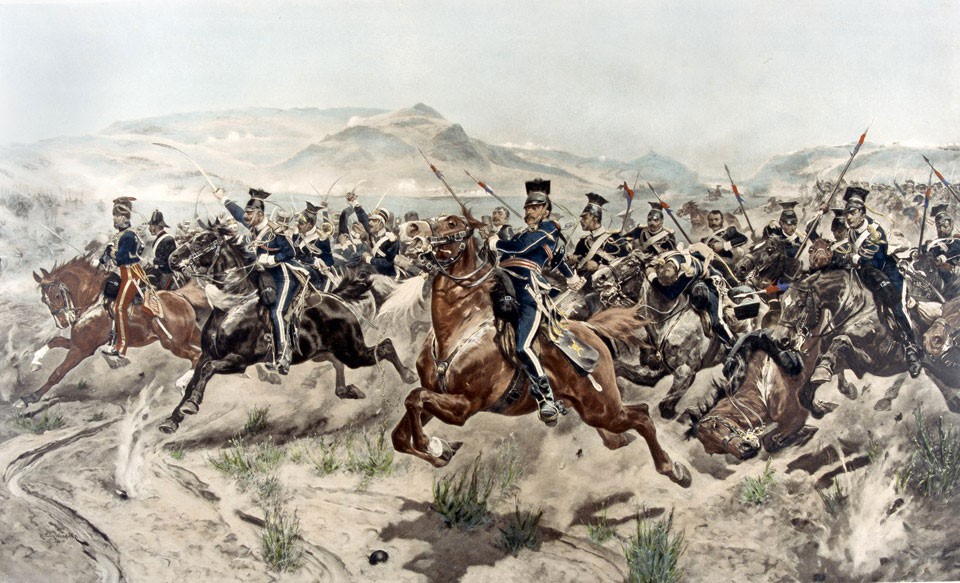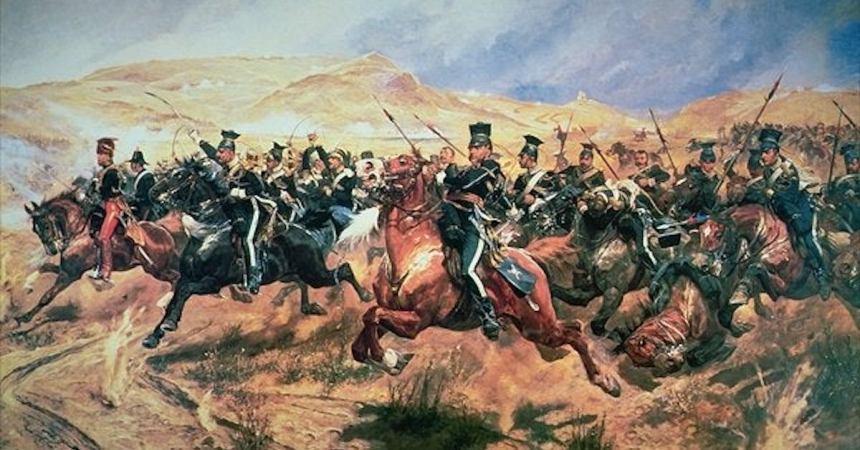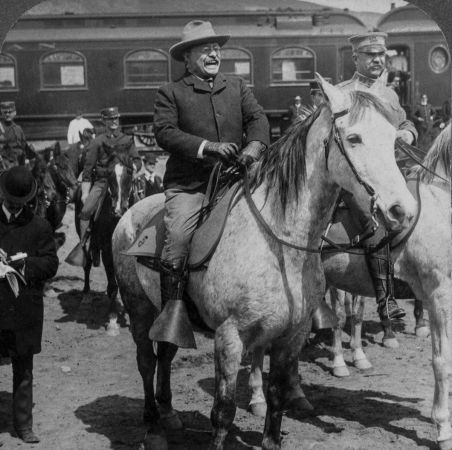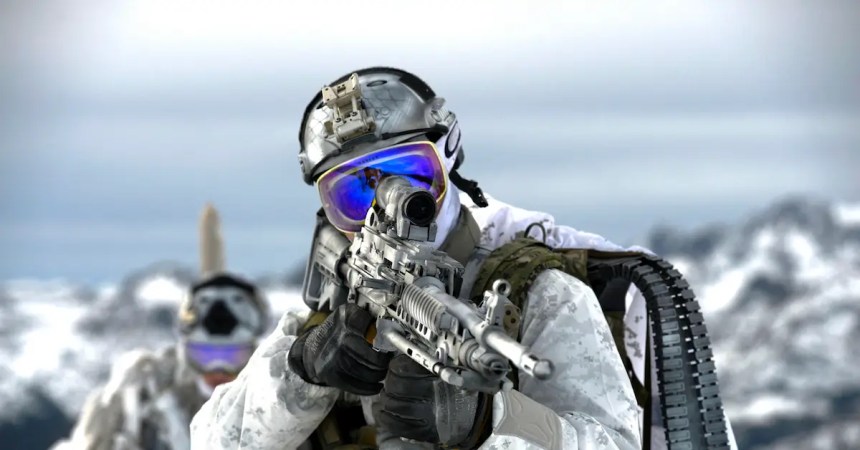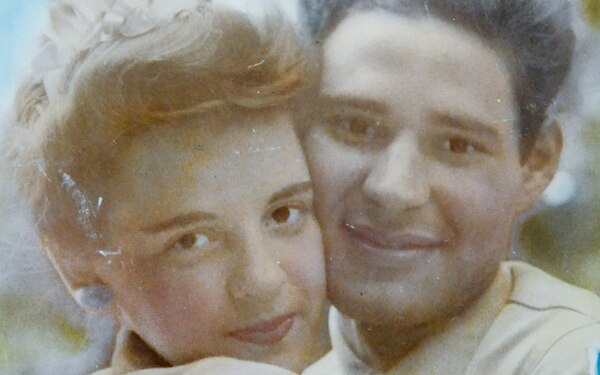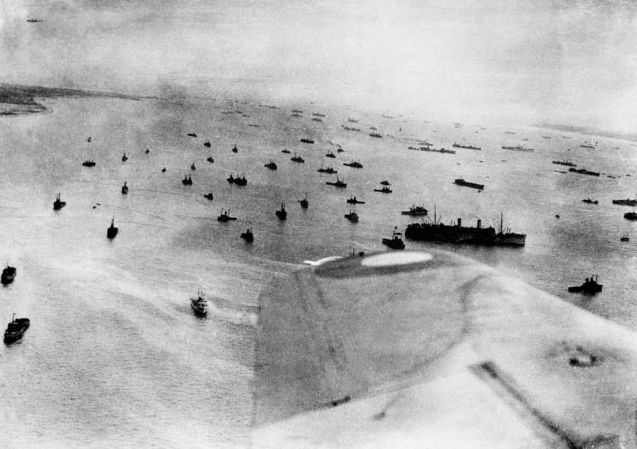The Charge of the Light Brigade happened during the Crimean War when 670 British soldiers on horseback ran headfirst into a heavily armed Russian position due to a mix-up in orders. Despite the chaos and the heavy odds against them, these soldiers showed incredible bravery, becoming a symbol of courage in the face of a great mistake.
Immortalized in Lord Alfred Tennyson’s renowned poem, The Charge of the Light Brigade, this legendary event encapsulates the soldiers’ bravery and the tragic fallout of miscommunication. In this detailed account, we will delve into the historical context, the events leading up to the charge, the charge itself, and explore the intriguing question: could the Charge of the Light Brigade have actually succeeded?
Let’s set the stage
It’s the mid-19th century, and the Crimean War is raging. The war was a conflict between an alliance of British, French, and Ottoman forces against the Russian Empire. The dispute revolved around controlling territories in the Ottoman Empire, particularly the Crimean Peninsula. The British, alongside their allies, sought to prevent Russian expansion and safeguard their interests in the Mediterranean.
Obviously, nations have been fighting in and around this area for generations. In fact, you might be familiar with Crimea for other reasons – namely, Russia’s active aggression in the area.
Events leading up to the charge

Let’s focus on the Battle of Balaclava, a pivotal engagement that would forever etch the Light Brigade into history. On October 25, 1854, the British commander, Lord Raglan, issued an order for a cavalry force to recapture artillery that had been taken by the Russians. Unfortunately, as is all too common in warfare, the order was muddled and the result was catastrophic.
The charge itself
Here’s where the story takes a dramatic turn. The Light Brigade, consisting of around 670 brave men, was under the command of Major General James Brudenell, the 7th Earl of Cardigan. Despite being outnumbered and ill-prepared to face such formidable defenses, they received an unclear command to charge the Russian artillery positions. Undeterred, the Light Brigade mounted their horses and prepared to face the grim challenge ahead.
Picture the scene
A vast valley lies before them, with Russian cannons lining the heights, infantry massed to their sides, and the enemy artillery ready to unleash its deadly firepower. With a resounding cry, the Light Brigade surged forward, charging headlong into a maelstrom of fire and smoke. The Russians, taken aback by the audacity of their attackers, unleashed a barrage of cannon fire and musket shots that would turn this daring assault into a true test of courage.
Amidst the chaos and confusion, the Light Brigade pressed on with an indomitable spirit. They knew the odds were stacked against them but chose to face their destiny with unwavering resolve. The poem penned by Tennyson captures the essence of their sacrifice: “Theirs not to reason why, / Theirs but to do and die.”
WATCH: The terrible blunder that is the Charge of the Light Brigade

Now, let’s consider whether the charge could have succeeded, a question that has intrigued historians and military strategists alike. In hindsight, it’s evident that the charge was a strategic blunder. The Light Brigade faced overwhelming odds and was ill-equipped to breach the formidable Russian defenses. The miscommunication and confusion surrounding the orders only compounded the dire situation. However, we must remember that the military tactics of the time were heavily influenced by the Napoleonic Wars, where cavalry charges had proven successful. British commanders, therefore, believed in the impact and power of such a bold maneuver. Furthermore, the absence of effective communication systems and the fog of war played a significant role in the confusion on the battlefield.
The Charge of the Light Brigade is a testament to bravery and the tragic consequences of miscommunication. The soldiers of the Light Brigade demonstrated extraordinary valor, following their orders without hesitation. But it was also a flunky mission. In the end, it failed because of flawed decision-making and the confusion plaguing the British command. The events of that fateful day in serve as a solemn reminder of the sacrifices made by soldiers in the pursuit of duty and honor. It’s also an apt reminder that clear comms and COAs are key in military operations.


